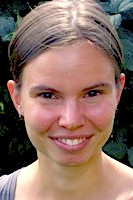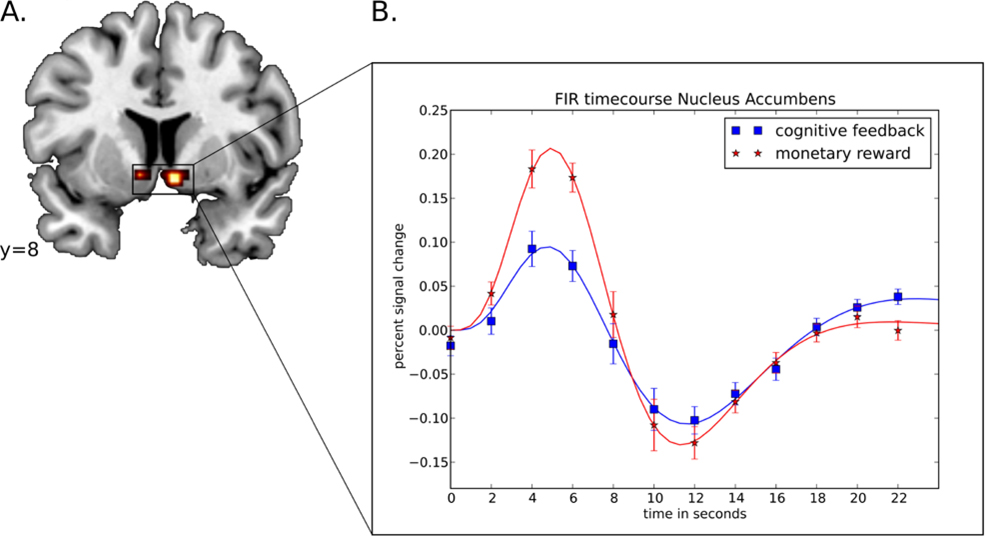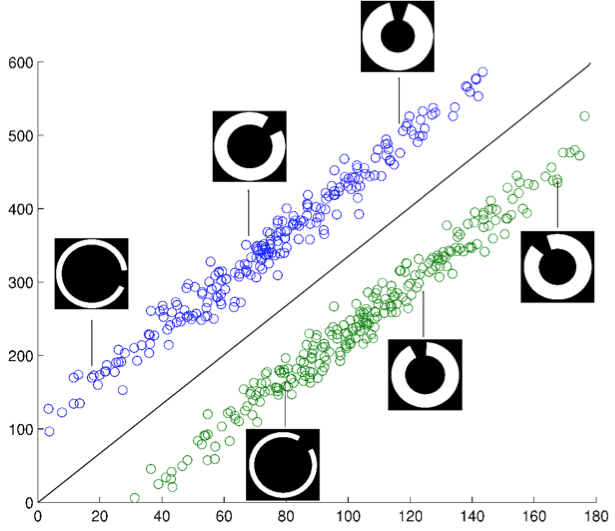Project A04
Neuronal representation of motivational value and context in explicit and implicit learning

Prof. Dr. Stefan Pollmann

Jun.-Prof Claudia Preuschhof
Recent work in this subproject has demonstrated that both implicit and explicit rewards are involved in the incidental learning of repeated spatial configurations. Implicitly, reward signals were obtained from the putamen when a search target was found at a learnt location within a repeated spatial search context. Explicit monetary reward led to enhanced search guidance in repeated configurations. Medial frontal and retrosplenial cortex were core areas of the underlying neural architecture. For the next funding period, we propose to further investigate the nature of reward enhancement of spatial contextual cueing with respect to the role of relative reward value and with respect to the role of reward versus punishment (monetary gain versus loss). In addition, the specificity of the reward-related enhancement will be tested by contrasting context learning and target location probability learning as well as by investigating the contribution of visual working memory capacity. A new aspect will consist of developmental studies of reward modulation of contextual cueing over the lifespan. In particular, we will study age-related changes during learning, expression of learning and relearning of incidentally acquired contextual cues in visual search and examine how the implicit processes interact with motivational factors and working memory capacity.

Comparison of activation during the expectation of cognitive feedback and monetary reward. A) The activation in the Nucleus accumbens is higher when participants expect to receive monetary reward compared to cognitive feedback. It is the only structure showing significant activation differences between the two conditions. B) The time course of activation illustrates that the Nucleus accumbens is also significantly activated during the expectation of cognitive feedback.

Learning from feedback: Which circle belongs to which category? Subjects should implicitly grasp how the circles need to be sorted.